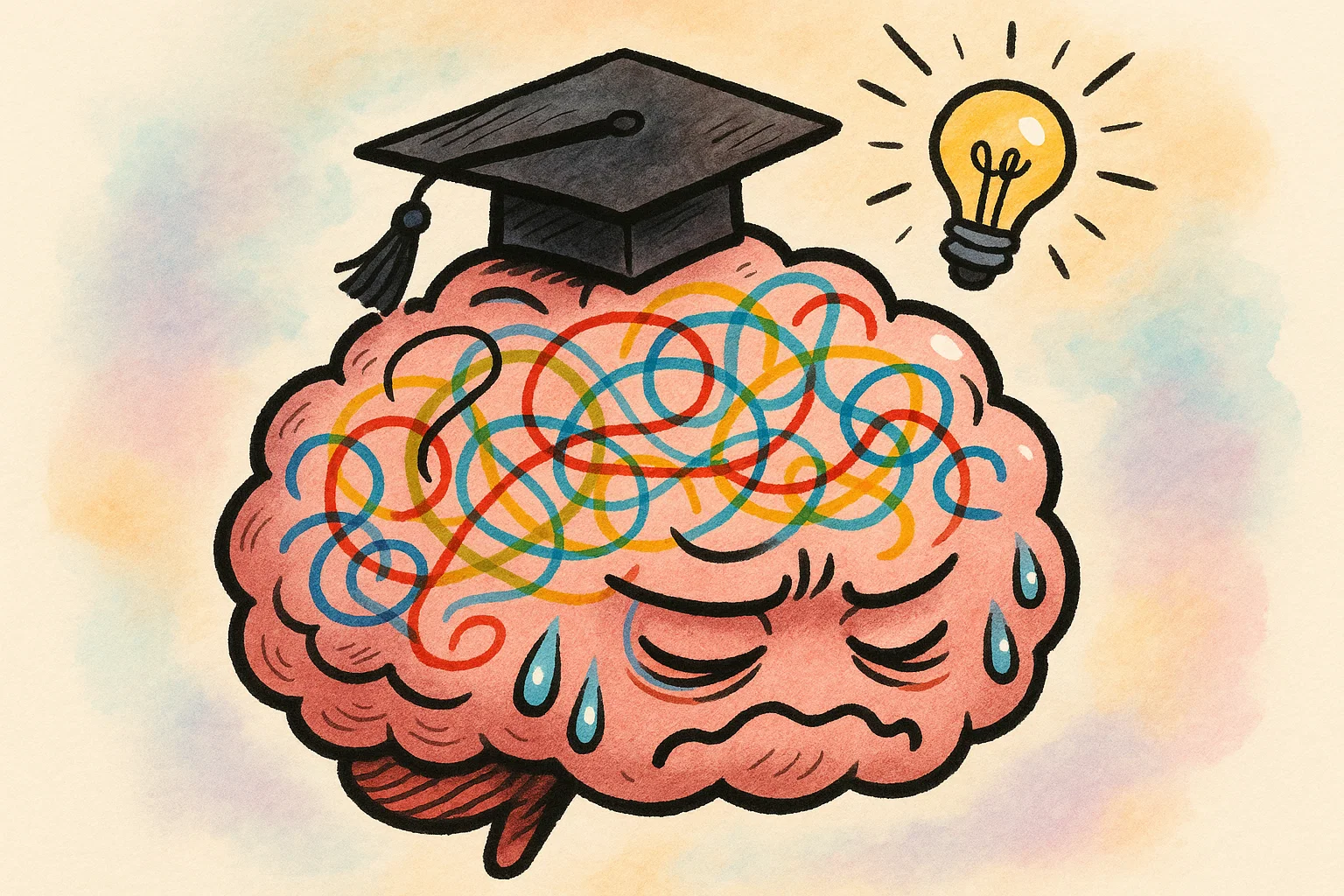Distance Education Stress: Strategies for Coping and Managing Challenges

Distance learning has transformed the educational landscape, but it comes with unique challenges that can create significant stress for students, parents, and families. As more learners engage in remote education, understanding how to manage stress becomes essential for academic success and overall well-being.
Challenges of Distance Education

The shift to remote learning presents multiple obstacles that contribute to elevated stress levels.
Lack of Structure and Routine
Without the familiar rhythm of a physical school environment, many students struggle to maintain consistent daily routines. Distance learning removes the natural boundaries between home and school life, making it difficult to establish productive learning habits.
Parents often find themselves managing multiple roles simultaneously – educator, technical support, and emotional guide. This overwhelming responsibility can trigger stress responses that affect the entire family dynamic.
Key challenges include:
- Difficulty waking up at consistent times
- Lack of clear transitions between subjects
- Absence of physical movement between classes
- Reduced accountability without direct supervision
Feelings of Isolation 🏠
Social connections play a crucial role in student motivation and emotional regulation. Distance learning can create a sense of disconnection that impacts both academic performance and mental health.
Students may experience loneliness when they miss informal interactions with classmates and teachers. The brain is calmer when social bonds remain strong, as these relationships release oxytocin – a hormone that naturally reduces cortisol levels and helps manage stress.
Research posted on ScienceDirect indicates that children who maintain social connections during remote learning show better emotional resilience and academic outcomes.
Technology-Related Issues
Technical difficulties create additional layers of frustration for students and families. Poor internet connectivity, software glitches, and unfamiliar platforms can transform learning into a source of anxiety rather than growth.
Many students feel overwhelmed when they cannot access materials or participate via video chat effectively. These barriers can lead to academic stress that compounds over time, particularly when students fall behind their peers.
Managing Distance Education Effectively

Creating successful distance learning experiences requires intentional strategies that address both academic and emotional needs.
Create a Dedicated Study Space
Establishing a specific area for learning helps the brain transition into “school mode” and reduces distractions. This space doesn’t need to be elaborate – even a corner of a room can work effectively when consistently used for academic activities.
Essential elements for an effective study space:
| Element | Purpose | Tips |
| Good lighting | Reduces eye strain and maintains alertness | Natural light when possible, avoid glare on screens |
| Comfortable seating | Supports focus and physical well-being | Ergonomic chair or cushions for proper posture |
| Organized supplies | Minimizes interruptions during learning | Keep notebooks, pens, and materials within reach |
| Minimal distractions | Helps maintain concentration | Remove toys, games, and non-academic items |
Master Time Management ⏰
Effective scheduling creates the structure that distance learning often lacks. Students who develop strong time management skills experience lower stress levels and better academic outcomes.
Proven time management strategies:
- Create visual schedules – Use calendars or planners that students can easily reference
- Break tasks into smaller chunks – Large assignments become less overwhelming when divided
- Set realistic daily goals – Achievable targets build confidence and momentum
- Include buffer time – Allow extra minutes between activities to reduce rushing
Parents can help by modeling good time management and participating in family meetings to discuss daily schedules and expectations.
Prioritize Self-Care
Self-care isn’t selfish – it’s essential for managing stress and maintaining learning capacity. Students need regular breaks, physical activity, and emotional support to thrive in distance learning environments.
Daily self-care practices:
- Take movement breaks every 30-45 minutes
- Practice deep breathing or mindfulness exercises
- Maintain regular meal times and family meals when possible
- Get adequate sleep (8-10 hours for school-age children)
- Limit screen time outside of educational requirements
The hormone oxytocin, released during positive social interactions and physical affection, naturally counteracts stress hormones like cortisol. Simple activities like hugging, playing games, or having conversations can help children manage stress more effectively.
Strategies for Social Connection

Building and maintaining relationships becomes more challenging but remains crucial during distance learning periods.
Interact with Classmates 👥
Encourage students to participate in virtual study groups, online discussions, and collaborative projects. Even brief interactions via video can help maintain important peer connections.
Effective peer interaction strategies:
- Schedule regular virtual hangouts with friends
- Participate actively in online class discussions
- Form study partnerships for accountability
- Join virtual clubs or interest groups
One on one connections often feel more manageable for students who find large group interactions overwhelming in virtual settings.
Proactively Communicate with Instructors
Regular communication with teachers helps students feel supported and connected to their learning community. Many educators appreciate when families reach out proactively rather than waiting for problems to develop.
Communication best practices:
- Ask questions during virtual office hours
- Send emails when clarification is needed
- Share concerns about workload or technical issues
- Express appreciation for teacher efforts and support
Teachers often report that student for two minute check-ins can make a significant difference in maintaining connection and identifying potential problems early.
Frequently Asked Questions (FAQ)
How do I handle distractions while studying at home?
Home environments naturally contain more distractions than traditional classrooms. Create physical barriers by using screens, facing away from high-traffic areas, or using noise-canceling headphones. Establish family rules about interruptions during learning time. Young children may need visual cues like a “do not disturb” sign to understand when their sibling is in class. Consider using website blockers or apps that limit access to social media and games during school hours.
Can distance education affect my mental health?
Yes, distance learning can impact mental health, particularly when stress levels become chronic. Students may experience increased anxiety, depression, or behavioral changes when social connections decrease and academic pressures continue. If these symptoms persist for more than two weeks, consider consulting with a healthcare provider or school counselor for additional support.
What is the main benefit of distance education?
Distance learning offers flexibility that can reduce some traditional school stressors. Students can work at their own pace, take breaks when needed, and learn in comfortable environments. Many families report that hybrid learning approaches – combining distance and in-person education – provide the best of both worlds. This flexibility can be particularly beneficial for students with anxiety, learning differences, or health concerns.
